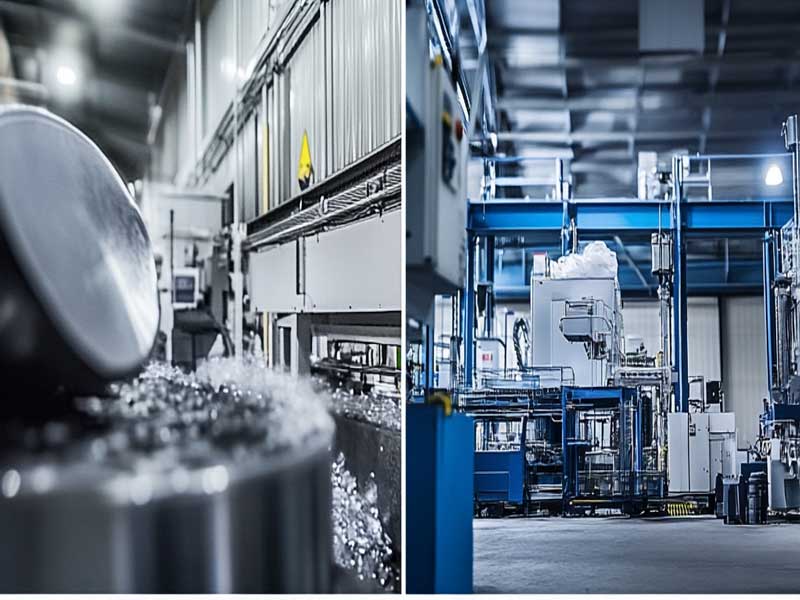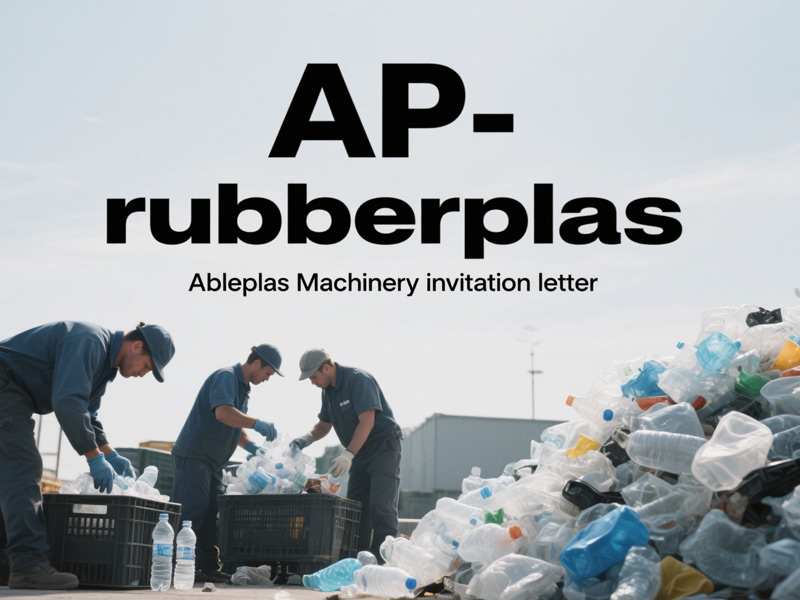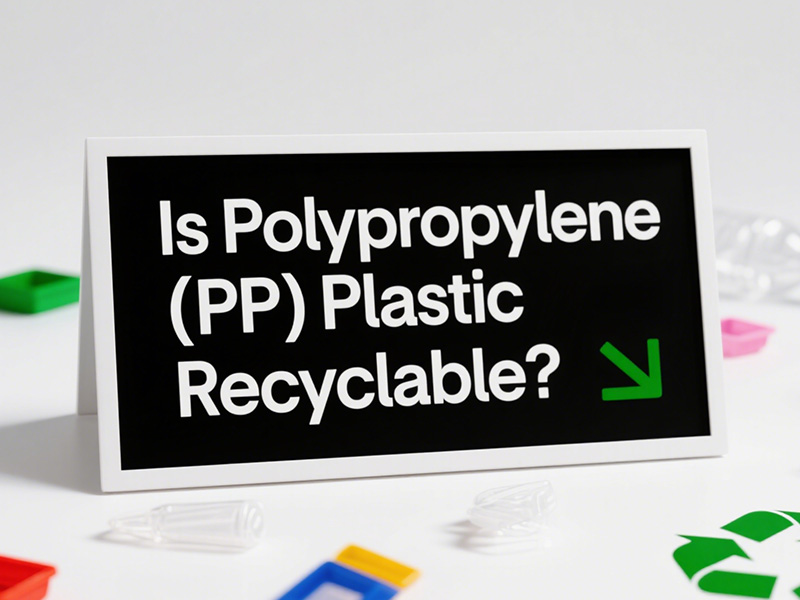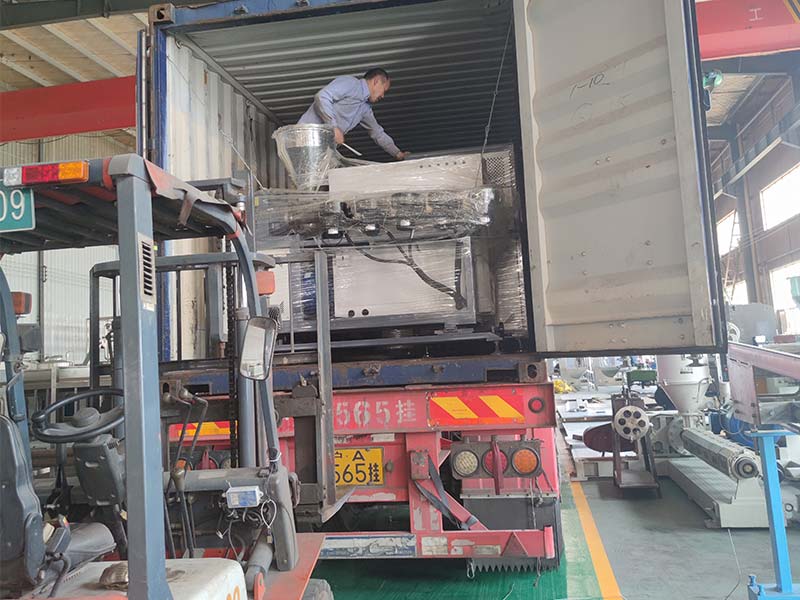How PET Plastic Flakes Enhance Recycled Product Quality
Superior Material Consistency
One of the main challenges in plastic recycling is achieving consistent material properties. High-quality PET plastic flakes provide manufacturers with a more uniform raw material, which translates to:
● More consistent melt behavior during processing
● Uniform color distribution
● Predictable mechanical properties
● Reduced batch-to-batch variations
When manufacturers use properly sorted, ground, and cleaned washed PET flakes, they can produce recycled products with significantly more reliable characteristics.
Improved Mechanical Properties
Properly processed PET flakes significantly enhance the mechanical properties of recycled products:
● Tensile Strength: Products made from quality PET flakes can achieve tensile strengths approaching those of virgin materials.
● Impact Resistance: Properly cleaned and processed flakes contribute to better impact resistance in final products.
● Durability: Recycled products made from high-quality flakes exhibit improved longevity and performance under stress.
Research shows that products made from hot washed PET flakes show only a 5-10% reduction in mechanical properties compared to virgin PET, whereas poorly processed flakes result in up to 30% property degradation.

Enhanced Aesthetic Appeal
Consumer acceptance of recycled products often hinges on their appearance. Quality PET plastic flakes that have undergone thorough cleaning and processing contribute to:
● Better Clarity: Critical for applications where transparency is desired
● Improved Color Consistency: Essential for branded products and aesthetic applications
● Reduced Visible Contamination: Fewer black specks, yellowing, or other visual defects
Our advanced PET washing systems ensure optimal clarity and visual appeal in your final recycled products.
Broader Application Potential
The quality of PET flakes directly determines what recycled products can be manufactured:
| Flake Quality | Typical Applications |
|---|---|
| Standard Grade | Fiber, strapping, non-food packaging |
| High Grade | Food containers, beverage bottles, high-performance textiles |
| Premium Grade | Direct food contact applications, medical packaging, premium textiles |
With our premium grade processing equipment, your recycled PET can meet the highest quality standards for demanding applications.
Critical Factors in PET Flake Quality
Efficient Separation of Labels and Caps
For optimal recycled product quality, efficiently removing labels, caps, and other attachments is essential. Modern recycling facilities employ:
● Specialized sorting technologies using optical sensors
● Flotation tanks that separate materials by density
● Air classification systems
Our automated sorting systems ensure the highest purity levels for your PET flake production.
Contaminant Removal
Contaminants significantly impact recycled product quality. Advanced recycling processes remove:
● Physical Contaminants: Sand, dirt, metal fragments
● Chemical Contaminants: Adhesives, inks, residual contents
● Other Polymers: PVC, PE, PP that may have been incorrectly sorted with PET
The multi-stage filtration in our systems ensures exceptionally clean flakes for premium recycled products.
Particle Size and Uniformity
The size and uniformity of PET plastic flakes dramatically affect processing efficiency and final product quality:
● Optimal flake size typically ranges from 8-12mm
● Uniform size distribution ensures consistent melting behavior
● Proper edge quality reduces processing issues
Our precision cutting technology delivers ideally sized and shaped flakes for optimal processing.

Applications Enhanced by High-Quality PET Flakes
Bottle-to-Bottle Recycling
Perhaps the most demanding application for recycled PET is bottle-to-bottle recycling, where post-consumer water bottles are transformed back into food-grade containers. This closed-loop system requires exceptionally high-quality PET flakes that:
● Meet strict food safety regulations
● Maintain transparency and aesthetic appeal
● Provide mechanical properties similar to virgin material
Our food-grade recycling systems enable manufacturers to incorporate up to 100% recycled PET in their packaging.
Textile Industry Applications
The textile industry consumes approximately 70% of globally recycled PET, transforming plastic flakes into polyester fibers. Higher quality flakes yield:
● Stronger fibers with fewer breakages during spinning
● More consistent dyeing results
● Enhanced durability in the finished textiles
● Reduced processing issues during manufacturing
Learn more about our textile-grade PET solutions.
Automotive and Construction Applications
Increasingly, high-performance recycled PET is finding applications in demanding sectors like automotive manufacturing and construction:
● Interior car components require consistent mechanical properties
● Building materials must meet strict performance standards
● Both sectors benefit from the dimensional stability of products made from quality flakes
Our engineering-grade PET flakes are specifically designed for these high-performance applications.

Environmental and Economic Benefits
Using high-quality PET plastic flakes delivers substantial environmental advantages while remaining economically viable:
● Up to 60% energy savings compared to virgin PET production
● Approximately 50% lower greenhouse gas emissions
● Reduced petroleum consumption
● Lower material costs for manufacturers
● Premium market opportunities for recycled products
Our energy-efficient recycling systems maximize both environmental and economic benefits.
Quality Control for Optimal Results
To achieve the highest quality recycled products from PET flakes, manufacturers should:
1. Establish Rigorous Specifications: Define clear quality parameters for incoming flakes
2. Test Comprehensively: Analyze intrinsic viscosity, color, contamination levels, and other key properties
3. Optimize Processing: Adjust processing parameters to account for the unique characteristics of recycled material
4. Consider Blending Strategies: Strategic blending of different grades of flakes or with virgin material
Our quality testing equipment and technical consulting services help ensure optimal product quality.
Conclusion
High-quality PET plastic flakes form the foundation for superior recycled products across multiple industries. By investing in advanced processing technologies and quality control systems, manufacturers can produce recycled PET products that meet or exceed the performance of virgin materials while addressing global sustainability challenges. As consumers and regulators increasingly demand recycled content, those who master the production and utilization of premium PET flakes will gain significant competitive advantages.
Contact us today to learn how our complete PET recycling solutions can help you produce the highest quality recycled products from PET plastic flakes.
FAQ
1. What are PET plastic flakes and how are they produced?
PET plastic flakes are small processed pieces of polyethylene terephthalate (PET) plastic created during the recycling process. They're produced by collecting post-consumer PET bottles, removing labels and caps, grinding the clean bottles into small fragments, washing them (either through cold or hot washing processes), and then drying them for further processing.
2. What's the difference between cold-washed and hot-washed PET flakes?
Cold-washed PET flakes are processed at ambient temperatures, making them more energy-efficient to produce but potentially retaining some contaminants. Hot-washed PET flakes are cleaned at temperatures of 80°C or higher, resulting in cleaner flakes with superior quality for demanding applications, though they require more energy to produce.
3. Why are high-quality PET flakes important for recycled products?
High-quality PET flakes are crucial because they directly impact the performance and appearance of recycled products. They provide superior material consistency, improved mechanical properties like tensile strength and impact resistance, better aesthetic qualities including clarity and color consistency, and enable broader application potential including food-grade packaging.
4. Can recycled PET flakes be used in food packaging?
Yes, high-quality recycled PET flakes that undergo proper processing can be used in food packaging. These flakes must meet strict food safety regulations and typically require hot washing, advanced decontamination processes, and rigorous quality control to achieve food-grade status for direct food contact applications.
5. How do PET flakes compare to virgin PET in terms of quality?
When properly processed, high-quality PET flakes can produce recycled products with mechanical properties that approach those of virgin PET. Research shows that products made from hot-washed PET flakes typically show only a 5-10% reduction in mechanical properties compared to virgin materials, while poorly processed flakes can result in up to 30% property degradation.
6. What industries benefit most from high-quality PET flakes?
The textile industry is the largest consumer of recycled PET, using approximately 70% of globally recycled PET for polyester fiber production. Other major beneficiaries include the packaging industry (especially for bottle-to-bottle recycling), automotive manufacturing, construction, and consumer goods production.
7. What contaminants affect PET flake quality?
Common contaminants include physical impurities (dirt, metal fragments), chemical contaminants (adhesives, inks, residual contents), other polymer types (PVC, PE, PP) that weren't properly separated during sorting, and colorants. These contaminants can significantly impact the mechanical properties, appearance, and processing characteristics of recycled PET products.
8. What's the optimal size for PET flakes?
The optimal size for PET flakes typically ranges from 8-12mm. This size range ensures efficient processing while maintaining adequate surface area for effective cleaning. Uniform size distribution is also important as it ensures consistent melting behavior during manufacturing processes.
9. How much energy is saved by using recycled PET flakes?
Using recycled PET flakes instead of producing virgin PET can save up to 60% in energy consumption. This represents significant environmental benefits, including approximately 50% lower greenhouse gas emissions and reduced petroleum consumption, as PET is petroleum-derived.
10. Can all colors of PET bottles be recycled into high-quality flakes?
Clear and light blue PET bottles typically yield the highest quality flakes with the broadest application potential. Colored PET can be recycled, but the resulting flakes have more limited applications. Many advanced recycling facilities separate bottles by color to maintain higher value for the clear material stream.







